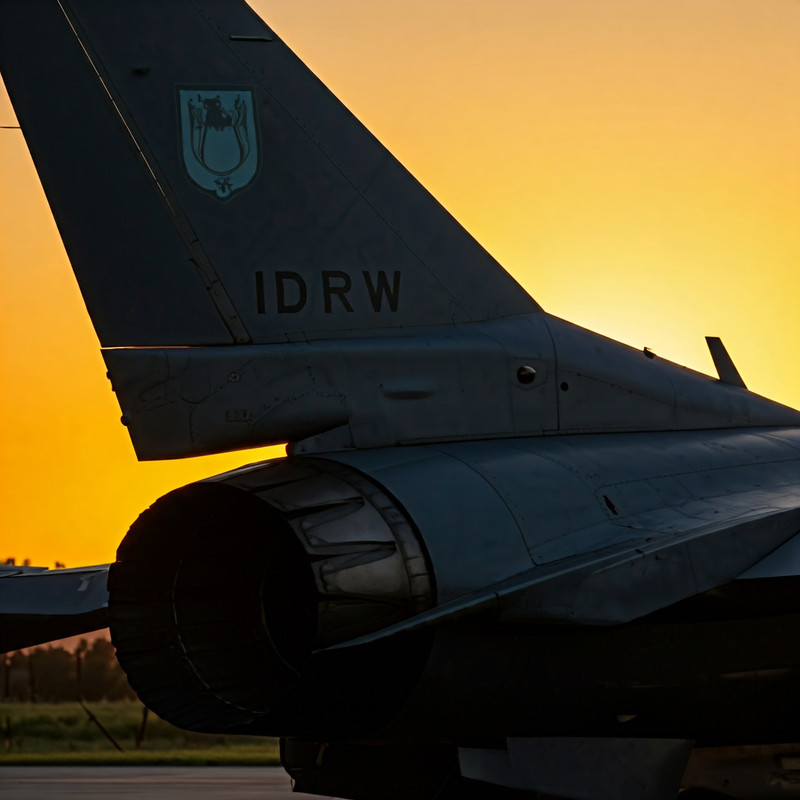SOURCE: AFI


In 2019, India opted not to proceed with a plan to develop the indigenous Kaveri fighter jet engine in collaboration with the French company Safran as part of the Rafale offsets deal. This decision came after extensive discussions, where the Defence Research and Development Organisation (DRDO) found the financial terms for technology transfer to be prohibitively high. Safran, the French aerospace engine manufacturer responsible for developing the M88 engines that power Rafale jets, had proposed to assist India with developing the Kaveri engine technology. However, the project, initially seen as a promising solution for India’s longstanding quest for a domestic jet engine, ultimately stalled due to cost concerns and unmet offset obligations.
India’s indigenous jet engine program, known as Kaveri, has been a decades-long endeavor led by the Gas Turbine Research Establishment (GTRE), a laboratory under DRDO. Initially launched in the 1980s, the Kaveri engine was intended to power India’s Tejas Light Combat Aircraft (LCA). However, the engine encountered persistent challenges, such as achieving adequate thrust and addressing issues with high-temperature materials and overall reliability. By the mid-2000s, it was clear that the Kaveri engine required substantial upgrades and foreign expertise to meet the performance standards required for modern fighter jets.
In 2016, India signed a deal with France for 36 Dassault Rafale fighter jets, valued at €7.87 billion. The agreement included an offset clause requiring French defense companies, including Dassault and Safran, to reinvest 50% of the deal’s value back into India’s defense ecosystem, totaling around €3.9 billion. Part of this offset was to focus on upgrading India’s technological and manufacturing capabilities, with the Kaveri engine seen as a high-potential beneficiary.
Safran proposed to assist in the Kaveri engine’s development by sharing technology and expertise to address the engine’s key challenges, such as enhancing thrust levels and materials performance. The DRDO and GTRE saw this as an opportunity to finally bring the Kaveri engine to a production-ready state, which would bolster India’s self-reliance in defense manufacturing and align with the government’s “Make in India” program.
Despite these ambitions, DRDO ultimately found the pricing for Safran’s technology transfer and collaboration prohibitively high. As per reports, the cost proposed by Safran was more than India was willing or able to spend within the program’s existing budget constraints. This decision was likely influenced by other pressing defense priorities and budget allocations. The project, which could have revived and potentially matured the Kaveri engine with Safran’s technology, was put on hold indefinitely as a result.
Additionally, by this time, Safran was reportedly struggling to meet its own offset obligations within the Rafale deal, valued at €580 million. Delays and difficulties in fulfilling this commitment may have further dampened progress and collaboration between Safran and the DRDO on the Kaveri project.
The missed opportunity for an upgraded Kaveri engine has had significant implications for India’s fighter jet programs. The Tejas Light Combat Aircraft (LCA) continues to rely on the American GE F404 engine, while future indigenous programs like the Advanced Medium Combat Aircraft (AMCA) and the Tejas Mark 2 will require even more advanced powerplants. Without the technology transfer from Safran, India remains dependent on foreign engines for its fighters, which presents challenges in terms of cost, availability, and potential export restrictions.
DRDO has since explored other options to advance the Kaveri engine independently, but the absence of Safran’s support means that progress on Kaveri is likely to be slower and more resource-intensive. For the AMCA program, the Indian government has been in discussions with multiple foreign firms to jointly develop a suitable engine, which highlights India’s continued reliance on external expertise to bridge technological gaps in high-performance jet engines.
While the Kaveri-Rafale offset collaboration did not materialize, it has underscored the critical importance of cost-effective technology transfer and realistic budgeting for indigenous defense projects. India’s experience with the Kaveri program highlights the steep technical and financial challenges involved in developing jet engines, particularly for countries with nascent aerospace ecosystems. The Indian government has now prioritized a more pragmatic approach, focusing on partnerships and incremental technological advancements that can be integrated into future indigenous engine programs.
Looking ahead, DRDO has expressed intentions to revive the Kaveri program with new strategies, including international partnerships for targeted technology sharing that may be more affordable and scalable. The organization is also exploring smaller, specialized engines for drones and unmanned aerial vehicles, which could leverage the foundational work done on the Kaveri program and build expertise in a phased manner.